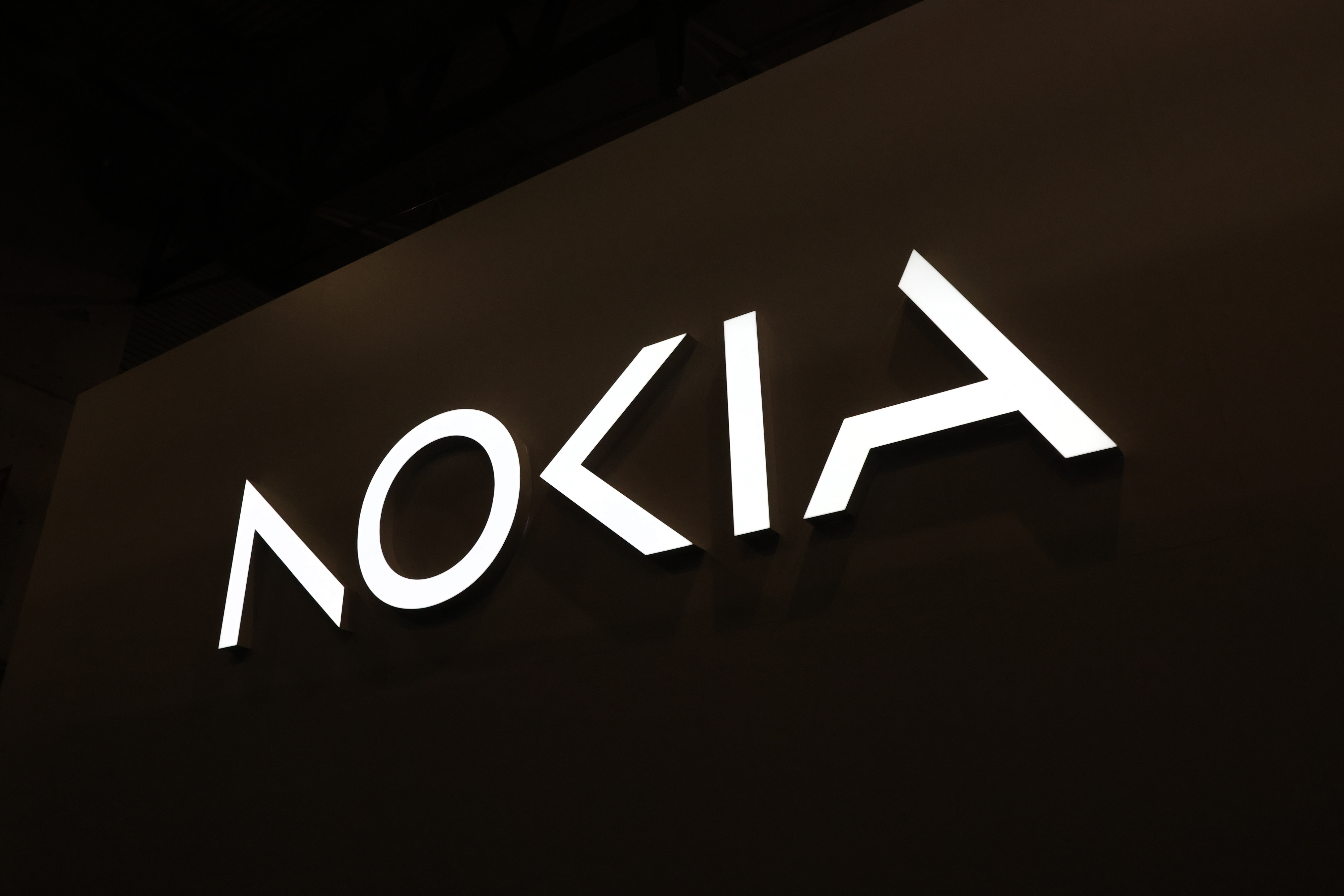MWC 2013: The £13 phone, and an industry that's changing business
With MWC done for another year, Stephen Pritchard flags low-cost smartphones and 5G as areas of interest for CIOs.

In technology developments happen at a pace no-one expects. But at other times, progress is frustratingly slow.
Nowhere is this clearer than in the mobile phone industry. Some aspects of the technology such as smartphones and tablets have developed very rapidly. Others, such as video calling and (for UK subscribers at least) 4G, appear to move at a far more leisurely pace.
But another example and one that came to the fore at this year's Mobile World Congress (MWC) - is the quest for a truly affordable mobile handset.
Nokia's 105 is not going to win any awards for speed or style, but the real innovations in this "candybar" phone are in its price, and battery life. The 105 will sell for 15 or about 13.
Bringing the street price of a workable phone down to that level, without compromising its usability, is an achievement, so it is hardly a surprise that Nokia's announcement eclipsed several more glamorous launches at MWC.
It feels as consumers have been driving mobile for the last five years with consumerisation and BYOD.
It has taken almost 10 years to create a truly affordable phone of this type: the GSMA, the industry's trade association, started its Emerging Market Handset Programme with a goal to bring the cost of a workable phone from around $50 to $30 in the middle of the last decade.
Bringing down the unsubsidised cost of smartphones will take longer. The 105, for all its 35-day standby time, has no camera and is 2G only. Entertainment is solely by way of an FM radio.
Sign up today and you will receive a free copy of our Future Focus 2025 report - the leading guidance on AI, cybersecurity and other IT challenges as per 700+ senior executives
But businesses will be as interested in this type of device as they are in the latest touch-screen handsets and tablets, because of the role it will play in cementing mobile as the most important means of communication.
Nokia and its competitors are aiming their low-cost phones at emerging markets. Lower-cost layers among the tablet makers, including Lenovo and Alcatel, have similar users in mind.For a large percentage of the world's population, a phone or tablet will be their first computing device. Businesses that continue to aim their services at PC users will miss out on the opportunity that brings.
More customers using more mobile devices will prompt companies to look again at how they deliver goods and services. In Africa, for example, mobile airtime has become a valuable alternative currency, and mobiles provide access to banking as well as e-commerce.
In the business sector, companies are seeing mobiles force change.
"Mobile evolved from broad horizontal applications and smartphones to mobile being more integrated into business logic and processes," says Lars Kamp, global strategy lead for Accenture Mobility.
He points to examples of retailers using smartphones and tablets on the shop floor as evidence companies are using the technology to do more than just deliver email on the move.
Consumer focusBut the mobile phone industry is also shifting, and becoming more enterprise-ready, after years of focusing on the consumer. A view re-enforced by Kamp's experience on the ground at this year's Mobile World Congress.
"We're seeing consumer vendors such as Samsung making products that go into the enterprise now," he says.
"It feels as consumers have been driving mobile for the last five years with consumerisation and BYOD. That's not going away, but the established players are looking at the enterprise as the next growth market."
This is supported, he suggests, by the way Android and iOS devices are becoming more enterprise-friendly with every release. "They are reacting to the market, to the demands of CIOs who want to use iOS in the business," he says.
According to Carolina Milanesi, research vice president for consumer devices at analyst Gartner, companies are still investing in BYOD, even as the number of enterprise-specific services expands.
Gartner has noted an increase in what it calls "container offerings" or tools that allow businesses to ring-fence corporate data, protect their applications, and manage mobile devices.
Mobile device management (MDM) was another technology with a strong showing at MWC.
"The number of enterprises going BYOD is still growing. I would say we are half way between the peak and trough," claims Milanesi, referring to Gartner's Hype Cycle methodology.So far, most firms appear to be managing the transition to using consumer devices and allowing staff to bring their own devices reasonably well.
But the pressure on companies to control their mobile estates will grow as more users switch to smartphones.
"It is clear more than ever that feature phones are pass, with low-end smartphones expected to dominating the landscape," says Abhinav Purohit, senior research analyst of communications at analyst IDC.
Analysts point to the improvement of the Chinese and Taiwanese manufacturers' offerings, some sold under their brands, some under operator brands, as evidence of the "democratisation" of smartphones.
In mature markets, most handsets coming in to the working environment could be smartphones in under five years. The GSMA itself predicts a billion smartphone users by 2018, and CIOs need to be prepared.
This, believes Alex Sinclair, chief technology officer at the GSMA, makes it all the more important for IT directors to keep abreast of developments in mobile technology. Not just handsets and networks, but areas such as mobile payments, near-field communications (NFC), and machine to machine (M2M) networking.
"It's incredibly important for IT directors to stay on top of these developments, This is another wave in IT, it's not just telecoms," he says.
The GSMA and the mobile operators have been promoting M2M and NFC for some time, but at this year's MWC the overriding feeling was that these technologies are reaching a tipping point.
"M2M has been trivialised," concedes Accenture's Lars Kamp. "Some people think it's done with putting a chip and radio into an appliance." The reality, he suggests is more complex, and has far more potential.
Businesses will be able to make use of new sensors and networks, including "true" 4G (called LTE Advanced) and eventually 5G, to bring together their technology, but also their people and operations, in ways that were not possible a decade ago.
"An SME doesn't now need IT infrastructure or IT support staff," says the GSMA's Sinclair. "You have everything in the cloud. In order to access the cloud you need connectivity, and that is what ubiquitous 4G networks are all about."
So while 2013's Mobile World Congress might be best remembered for a cheap little phone, behind the scenes the mobile industry is transforming business in ways that will affect the way we work for years to come.
-
 I couldn’t escape the iPhone 17 Pro this year – and it’s about time we redefined business phones
I couldn’t escape the iPhone 17 Pro this year – and it’s about time we redefined business phonesOpinion ITPro is back on smartphone reviews, as they grow more and more intertwined with our work-life balance
-
 The gig economy: Past, present, and future
The gig economy: Past, present, and futureFeature The rise of the gig economy represents a new era of flexible working despite being plagued with controversies
-
 Nokia hails success of Europe’s first commercial 5G cloud RAN deployment
Nokia hails success of Europe’s first commercial 5G cloud RAN deploymentNews Elise says its 5G cloud network puts it in a strong position during a move towards 6G
-
 Kyndryl and Nokia extend partnership to drive data center networking gains
Kyndryl and Nokia extend partnership to drive data center networking gainsNews The companies plan to offer more data center networking options aimed at enterprise customers
-
 Why employee empowerment remains the secret to your success
Why employee empowerment remains the secret to your successAdvertisement Feature With recruitment costs soaring and skills in short supply, talent retention has never been more vital
-
 Serious about sustainability?
Serious about sustainability?whitepaper It’s time you looked at your data centre
-
 Dell and Nokia expand strategic partnership to drive network cloud transformation
Dell and Nokia expand strategic partnership to drive network cloud transformationNews The companies will leverage each other’s expertise and distribution to scale telecom networks and private 5G use cases
-
 Nokia and Google score breakthrough in Android 13 network slicing
Nokia and Google score breakthrough in Android 13 network slicingNews Nokia's solution will allow devices to connect to multiple network slices simultaneously, provided by existing 4G and 5G operators
-
 Nokia wins Indosat contract to expand 5G across Indonesia
Nokia wins Indosat contract to expand 5G across IndonesiaNews The deal will bring next-gen communication technology to customers across a 1.4 million square kilometre area
-
 Nokia and Ligado partner on 4G, 5G enterprise private network
Nokia and Ligado partner on 4G, 5G enterprise private networkNews Nokia will leverage Ligado’s Band 24 spectrum to reach the US enterprise market